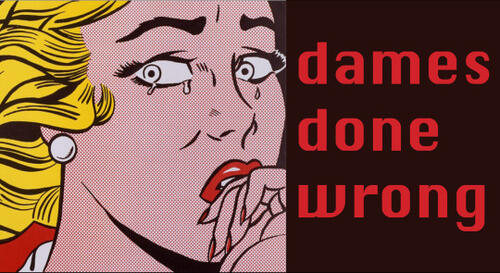
Welcome to Dames Done Wrong, where we handle misogyny, sexism and everyday douchebaggery throughout the ages. Most artists in museums might be male, but ladies rocked that paintbrush (or camera/chisel/etc.) JUST as hard. Whether the woman in question was murdered or simply overshadowed, whether her artwork got banned from the museum or maybe even stolen by the unfairer sex…you’ll read all the juicy details here.
Our fifth episode of Dames Done Wrong is about Dadaist and photomontage pioneer Hannah Höch. Like Baroness Elsa she was (and still is) mostly overlooked when it comes to Dada, and like Lynda she endured some serious work-place-sexism. We're starting to see some patterns here folks!
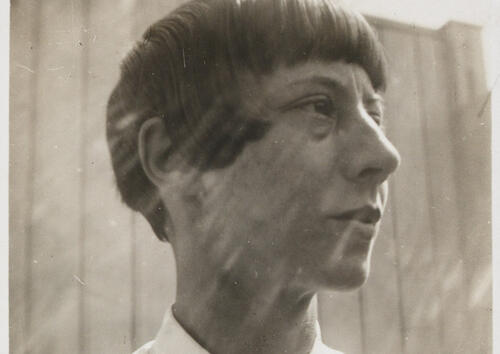
Detail from Portrait in Holland by Hannah Höch
Hannah was born into an upper middle class family in the south-east of Germany in 1889. She attended the Berlin College of Arts and Crafts, but unfortunately, sculpture and painting were deemed as “serious men’s business.” Glass design and graphic arts were more suitable for women so that's what Hannah did.
After college, Hannah started a turbulent but incredibly creative relationship with Raoul Hausmann, with who she immersed in the Dadaist movement. Dada opposed militarism, monarchism, and conservatism, but (not so) secretly they were still mainly a bunch of elitists pricks. While rejecting the "logic, reason, and aestheticism" of modern capitalist society they sought a target for their resentment. The Dadaists asked themselves “What is the bourgeois?” and “made the sad discovery that we were all bourgeois."
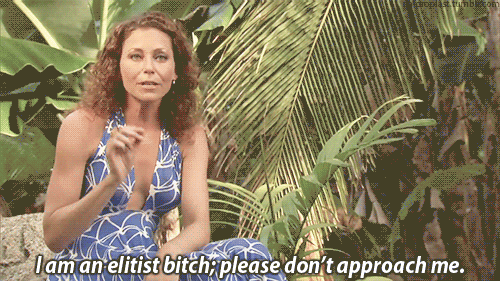
Hannah and her lover Raoul booked a vacation to the Baltic and that's where they invented the medium that made Dada famous. I'm talking about the photomontage! The invention of the dadaist photomontage is still mostly credited to Raoul, but they developed their own styles simultaneously. During their vacation they found a strange photo of their hosts face superimposed over a stock photo of a man in uniform. Hausmann claimed this as his discovery of the photomontage. Hannah, on her hand, observed that such raw superimposition was something that was frequently done by the German Army. Even though the couple developed the Dadaist photomontage technique in tandem, their subject matter was very different. Hannah used images from fashion magazines, pasted male heads onto females bodies and the other way around. She challenged traditional gender roles and the way they upheld a conservative society.
Hannah's work was way more progressive, but she found herself playing the role of supportive girlfriend, bolstering Raoul's fragile ego. He even suggested Hannah get a job to support him financially.
“Poor Raoul, he needed constant encouragement to carry out his ideas and achieve anything at all lasting. If I hadn’t devoted so much of my time to looking after him I might have achieved more myself.”
- Hannah Höch
Seven years and two abortions later (did I mention Raoul was married to another woman and refused to marry Hannah?) she was so over him she dumped his ass.

The men of Dada never saw her as a full-fledged member of the movement, whether she was with Hausmann or not... Her "friends" Georg Grosz and John Heartfield didn't want her to be part of the First International Dada Fair. They didn't want to include her in any of the group’s activities to be honest. It was only after Hausmann threatened to withdraw his work, that Hannah was allowed to join the fair as well.
Fellow Dadaist Hans Richter called her “a good girl,” one with a “slightly nun-like grace.” As if that doesn't make you wanna punch him in the face badly enough, the same guy recalled her contribution to the Dada movement as the “sandwiches, beer, and coffee she managed somehow to conjure up despite the shortage of money.”
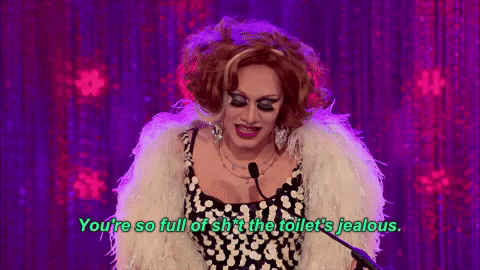
Dadaist and founder of the movement Richard Hulsenbeck never mentioned her in his book on the history of Dada in Berlin, but it wasn't just the Dadaists themselves who ignored Hannah's contributions to the movement. Countless exhibitions and studies of Dada failed to include any of her work.
Yet, it's Hannah's photomontage Cut with the Kitchen Knife through the Beer-Belly of the Weimar Republic in Germany, that's right in the middle of one of the most well-known photo of the First International Dada Fair. Somewhat ironic is that her most famous photomontage symbolizes her cutting through the male-dominated society.
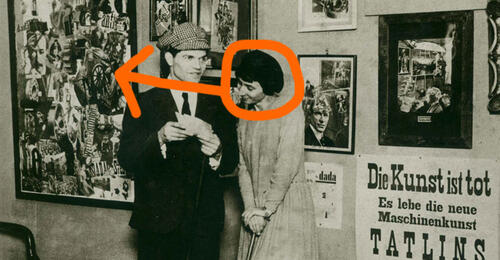
Hannah Höch and Raoul Hausmann at the International Dada Fair. Cut with the Kitchen Knife through the Beer-Belly of the Weimar Republic in Germany on the left.
Mid-1920s there was this idea of the "New Woman". Two major things happened for women's equality, women were allowed to vote and Article 119 of the Weimar constitution stated that marriage was ‘based on equality of the sexes.’ Thus, a new woman was born according to the media; of course that was total BS and Hannah knew it. The media depicted the "new woman" as a bobbed haired, working, sexually active woman who voted. Yet, IRL these women still received unequal pay and married women were not allowed jobs if an able-bodied veteran could take them. Still, people saw Hannah as the embodiment of the New Woman, and fair enough, she was a bobbed haired beauty, who had sex with men and women, voted, and rebelled. But she was aware of the fact that this whole New Woman craze had just created a new target men men at advertising firms. In 1926, she created the photomontage Portrait of Hannah Höch, in which she does look exactly like the New Woman, but very unsatisfied and far from liberated.
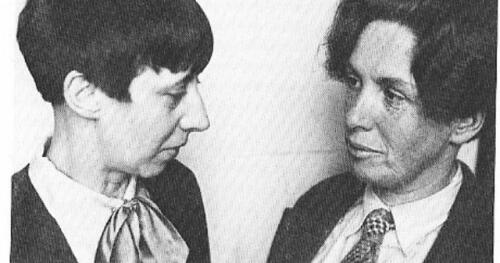
Hannah Höch and her girlfriend of 9 years, Dutch writer and linguist Mathilda 'Til' Brugman.
Hannah lived until 1978, which means she was still alive when the (art) world finally started to recognize her importance to the Dada movement. In 1976, she had major exhibitions in Berlin and Paris, but Hannah was not interested in becoming a celebrity at all. Obviously she never forgot the hostile patronizing attitudes of her male colleagues.
“They continued for a long time to look on us women artists as charming and gifted amateurs, denying us any real professional status. Thirty years ago it wasn’t easy for a woman to impose herself as a modern artist in Germany,”
- Hannah Höch
Besides Hannah Höch and Baroness Elsa von Freytag-Loringhoven there were many more ladies that helped shape the Dada movement: Suzanne Duchamp, Sophie Taeuber, Beatrice Wood, Emmy Hennings, Mina Loy, Clara Tice Toyen (aka Marie Čermínová) and Juliette Roche. But every single one of these ladies deserves a blog of their own, so stay tuned!
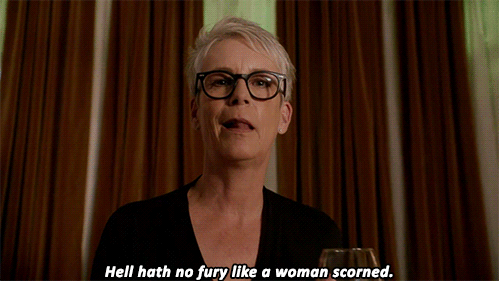
Editor Note: An earlier version of this post included a misattributed portrait of Hannah Höch. It has been corrected.









